The patent, which was published Tuesday, describes a method for detecting and interpreting real-world gestures on "touch and hover sensitive devices."
Examples of real-world gestures include "OK gestures," "grasp everything gestures," "stamp of approval gestures," "X to delete gestures," and even "hitchhiker directional gestures." The patent also includes a description of a security feature where users are asked to draw personalized gestures to gain access to a device.
Gestures for hover sensitive devices would include gestures that multi-touch only devices would be unable to detect. The "OK gesture," for example, is not flat, so a multi-touch sensor panel would be unable to register it as touch input.
According to the application, capacitive touch sensors can already detect nearby hovering as a "weak" touch. The addition of proximity sensors would improve the range and resolution of hover detection.
"Although capacitive touch sensor panels can detect objects hovering within the near-field of the panel, and appear to be “weak†touches, in some embodiments proximity sensor panels can be co-located with touch sensor panels to provide hover detection capabilities outside the near-field hover detection capabilities of capacitive touch sensor panels," the application read. "These proximity sensor panels can be arranged as an array of proximity sensors that can be scanned in a manner similar to the scanning of a touch sensor panel to generate an “image†of hover."
Wayne Carl Westerman and Myra Mary Haggerty are credited as the inventors of the patent, which was filed on Jun. 13, 2007.
The application refers to several multi-touch related patents that were filed as a batch just prior to the unveiling of the original iPhone in 2007. One particular patent mentioned, entitled "Proximity and multi-touch sensor detection and demodulation," describes the combined use of proximity and multi-touch sensors in order to detect both "multi-touch events and hover events."
When Apple CEO Steve Jobs introduced the iPhone, he touted over a hundred patents that went into the handset and multi-touch technology. The iPhone maker has since been granted numerous multi-touch-related patents. Apple is currently engaged in defending these patents, while also defending itself against infringement claims from competing companies.
Multi-touch Keyboard
Another patent published earlier this month revealed that Apple is also interested in augmenting standard mechanical keyboards to detect motion input.
The application, entitled "Image Processing for Camera Based Motion Tracking," describes the addition of "orthogonally-oriented cameras to sense hand/finger motion over the surface of the keys." Specific key commands could be mapped to activate motion input in order to differentiate between intentional and unintentional gestures.
According to the filing, conventional keyboards are "generally accepted as the preferred means to provide textual input." Numerous attempts over the last forty years to alter the design and layout of the standard keyboard have all failed to "replace or duplicate the commercial success" of the mechanical QWERTY keyboard.
A camera-based motion tracking system could also potentially allow for the aforementioned hover gestures, since, presumably, physical contact with the keyboard would not be required.
Though only a small fraction of Apple's patents actually see the light of day, the motion tracking keyboard could reduce reliance on other input devices, such as the trackpad and mouse.
John Greer Elias is credited with the invention. The application was filed on Jul. 8, 2009.
Tactile gloves
Apple was also granted a patent Tuesday for a "glove system" with a conductive inner liner that would allow users to utilize capacitive touch screens without removing their gloves.
The invention depicts a glove with elastic rings on the fingertips that would allow the inner lining to protrude for use with capacitive touchscreens.
The patent may appear superfluous to some, but it does address one criticism of the capacitive touchscreens on Apple's mobile devices: having to remove one's gloves in order to operate the device. iPhone compatible gloves already exist on the market, though Apple's recently patented design does appear to be unique.
 Josh Ong
Josh Ong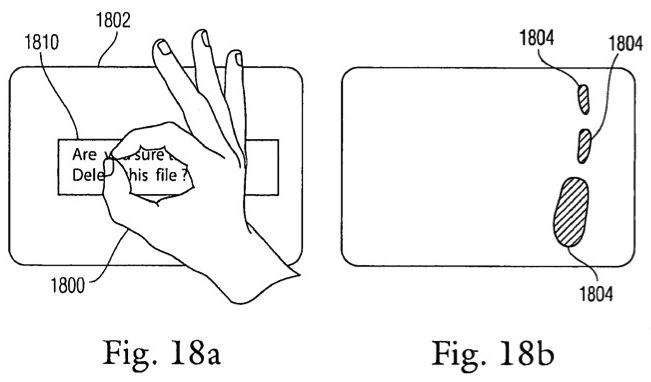
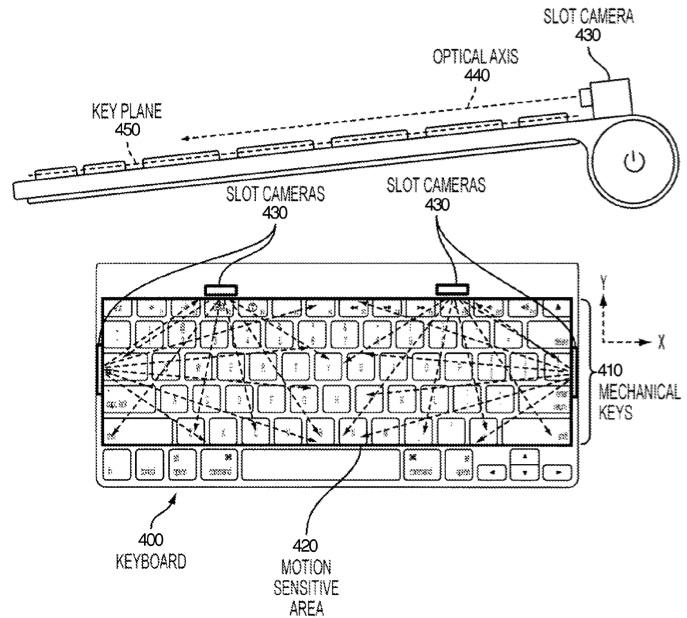
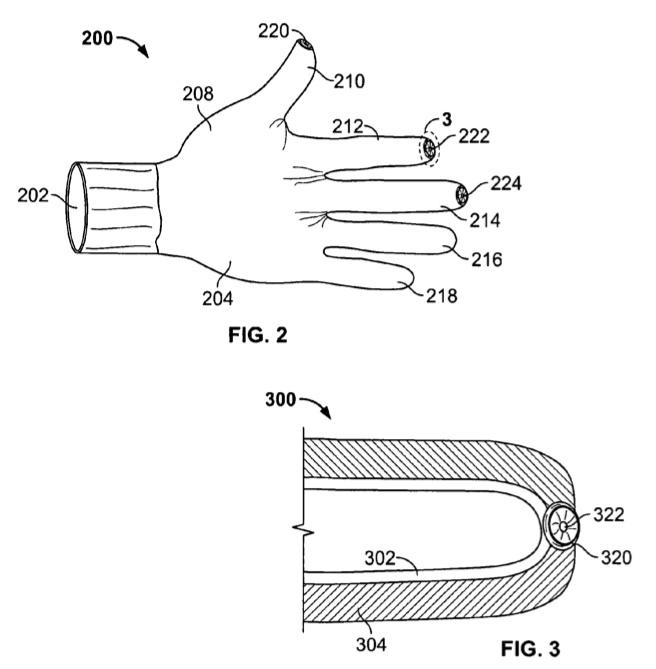

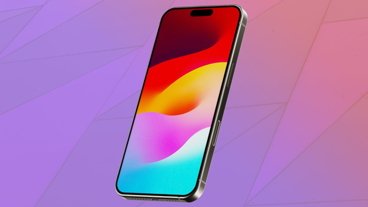

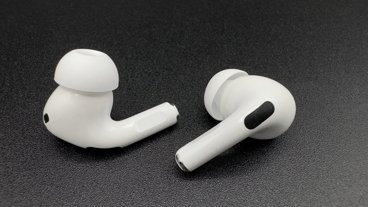
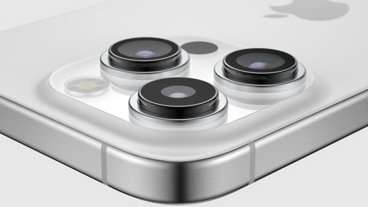


-m.jpg)






 Amber Neely
Amber Neely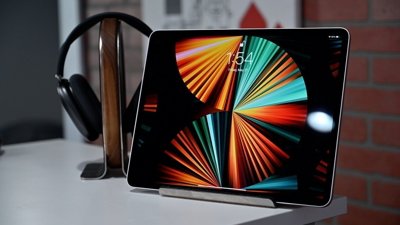
 Malcolm Owen
Malcolm Owen
 Christine McKee
Christine McKee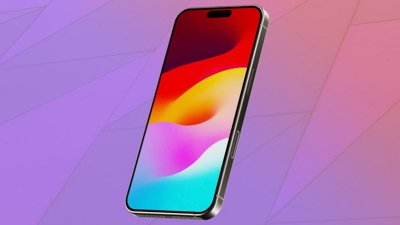

 Chip Loder
Chip Loder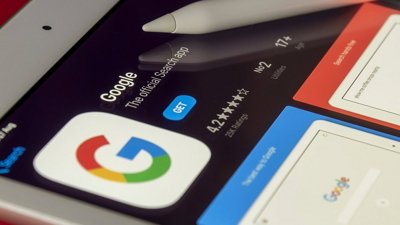
 Marko Zivkovic
Marko Zivkovic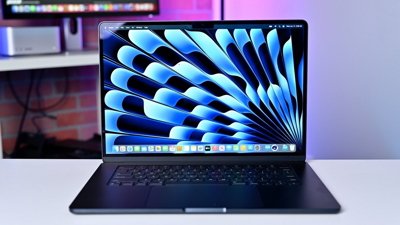
 Wesley Hilliard
Wesley Hilliard

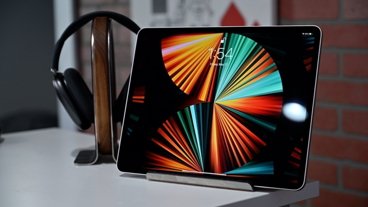







27 Comments
I'm sick and tired of swinging my arm between keyboard and Might Mouse. It only takes a second, but doing it hundreds of times a day really adds up to a lot of wasted time and motion. Even on my MacBook, moving from keyboard to trackpad and back again takes up time and energy.
A pure full-size glass keyboard with zero tactile feedback isn't the way to go. Apple would have already done that on the MacBook Air if it worked well. That would have eliminated 3 or 4 mm at the minimum.
But hovering over a physical keyboard and gesturing could enable ultra-fast transitions between typing and gesturing. And it would also allow for two-handed multi-touch gestures. Interesting.
How many people remember the Knowledge Navigator video (that came out of Apple during the years that Steve was not there) ?
Hover gestures reminds me of the hand motions that the actor was performing when talking to the AI agent.
How many people remember the Knowledge Navigator video (that came out of Apple during the years that Steve was not there) ?
Hover gestures reminds me of the hand motions that the actor was performing when talking to the AI agent.
For those that aren’t aware here is the Wikipedia write up and a poor quality concept video.
As far as I know, all capacitive screens won't work through gloves, not just Apple's.
Great potential but seems like a lot of work still needs to be done if it going to be done right.